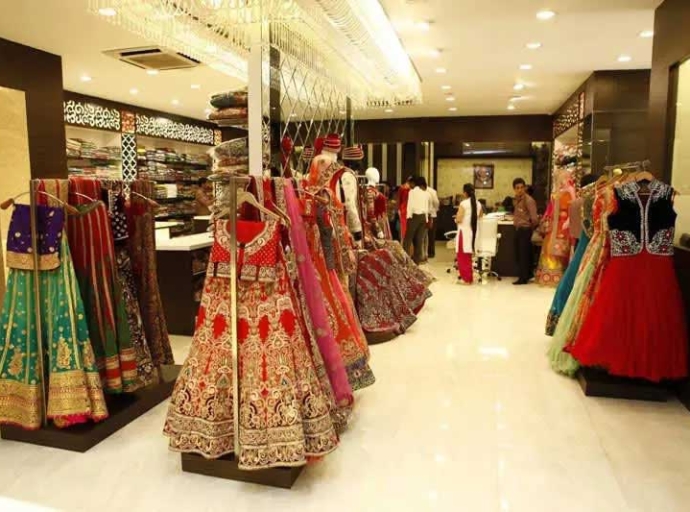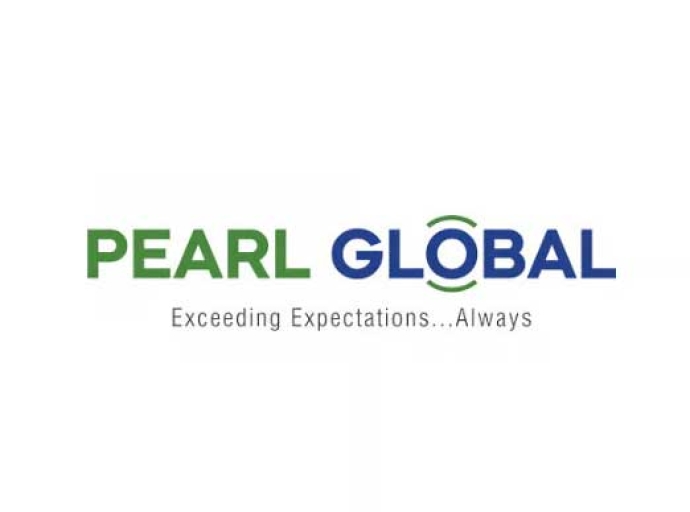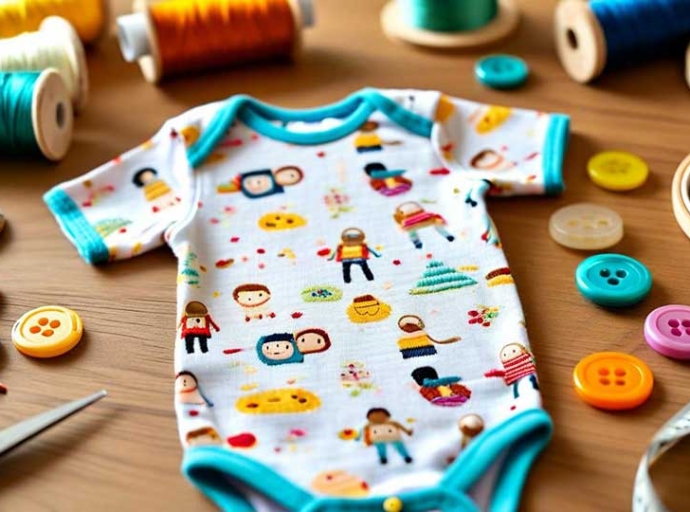18 November 2022, Mumbai:
The overarching common thread of thought-provoking digital textile printing is a process involving vibrant, colorful designs coming in embossed form & shape on varied fabrics deploying digital ink-jet printing technology.
The article kicks into the trade discourse with the innovative solutions-oriented approach witnessed around digital textile printing fast being adopted in modern facilities in the printing industry trade landscape. The scope of this spans from equipment, screen printing equipment, stamping equipment and materials, printing paste, and heat press transfer.
Bird's eye view
Digital textile printing offers a practical approach that has encouraged several designers and manufacturers to opt for it over other printing technologies. Despite the proliferation of digital printing being sluggish compared to traditional forms of printing, it is gradually catching up with the introduction of novel technologies.
The demand for textile digital printing will thus increase in the forthcoming years with the changing dimensions of the textile industry.
Sharing the historical quick insights of this unfolding trendy emerging technologies of the day which precisely goes like this," Digital printing was for the very first time patented way back in 1968 and gathered momentum & acceptance in the 1990s.
Whilst, as a case in point in the year 2015 over here in Indian sub-continent/SouthAsia in textile/apparel space Beximco Group, Dhaka was an early mover and probably as a 1st user in Bangladesh too".
Whilst back home in India Surat, Gujarat has been a prolific adopter of this wonderful technology and know-how deploying Digital Printing on Fabrics for all commercial needs on a very broad-base, interestingly as the centre found the use case very sanguine and constructive over the conventional means.
There were an array of applications experienced in Surat such as Digital Printed Services, Sublimation printing on polyester fabric, Digital printing on natural fabrics, and what all the industry over there could think and imagine realistically.
Multiple use cases; direct-to-garment, home décor, design, screen printing, sustainability, and many more to this versatile modern-day wonderful discovery was the surprise element of this unfolding technique.
Best practices
In short, checking the resolution and color values are truly best practices that can make a meaningful impact on print results making an easy switch over conventional means to set aside the debate of changing the ethos of the work style and fixated mindset.
Exploring Growth Trajectories
The global digital textile printing market’s revenue is projected to expand at a compound annual growth rate of 16.3 percent during 2018-2027, according to a new report. Taking the lead will be the Asia Pacific region (excluding Japan), whose growth will be mainly attributed to contributions from emerging economies, such as India and China.
China is expected to be at the forefront, spearheading the growth, said the report titled ‘Digital Textile Printing Market: Global Industry Analysis 2013-2017 and Opportunity Assessment 2018-2027’ by Future Market Insights.
The China digital textile printing market has witnessed rapid growth in the past couple of decades. The APEJ region is characterized by a robust political, demographic, and economic ecosystem of the leading emerging economies
The Merits Of Digital Fabric Printing
Not horribly expensive technology.
Steady price correction across equipment & consumables besides falling prices for processes like plate making and proofing amongst others. Faster turnaround as it can certainly turn the conventional printing process heads on.
Facilitates and improves the cycle of orders by controlled upkeep. Cutting down amazingly the lead-time/debottlenecking the entire cycle of conceptualization/ideation to completion and resultant speedier order fulfillment fuelling superefficiency.
Incredibly it has moderated the sample production process cost structure, besides widening the scope.
What is another good bit is making methodology far easier for the given involved processes by revising/changing/modifying the artwork to exceed the customer expectations; these are some of the inbuilt features that help it overscore.
Compared to screen printing, these machines enable higher creativity in textile printing and provide superior design flexibility.
Designers nowadays prefer digital printing because of its cost-effectiveness.
Digital printing is eco-friendly and requires lesser physical inventory levels.
The digital machine consumes considerably less amount of energy, leading to very little textile waste.
What is Driving Digital Textile Transformation?
Stepping back into the history up until now roller printing technique was in vogue, followed by flatbed and rotary screen printing techniques gathered pace before the emergence of this next-generation Digital Textile swept the market across most of the textile industry applications and categories involving wide format printing and textile printing. Early days yet as it is still evolving every day to spring a positive surprise day in and day out.
Journey of traditional printing to cutting-edge 3D printing
The article is penciling in a prognosis based on the hard trade data points reflecting a very optimistic scenario whereby, it is projected to grow during the forecast period (2021-2028) clocking a CAGR of 10.1%.
Hopefully, the market will exhibit steady growth during the forecast period (2021-2028), albeit it doesn't come as a surprise given the depth and width of its acceptance across trade/Pan-India and is only finding new takers season in and season out.
Manufacturers are nowadays increasingly relying on digital textile printing to cater to the dynamic preferences of consumers.
However, the growth witnessed by the market in the future will be determined by the penetration of digital printing into commercial textile production.
Latest Publications


































